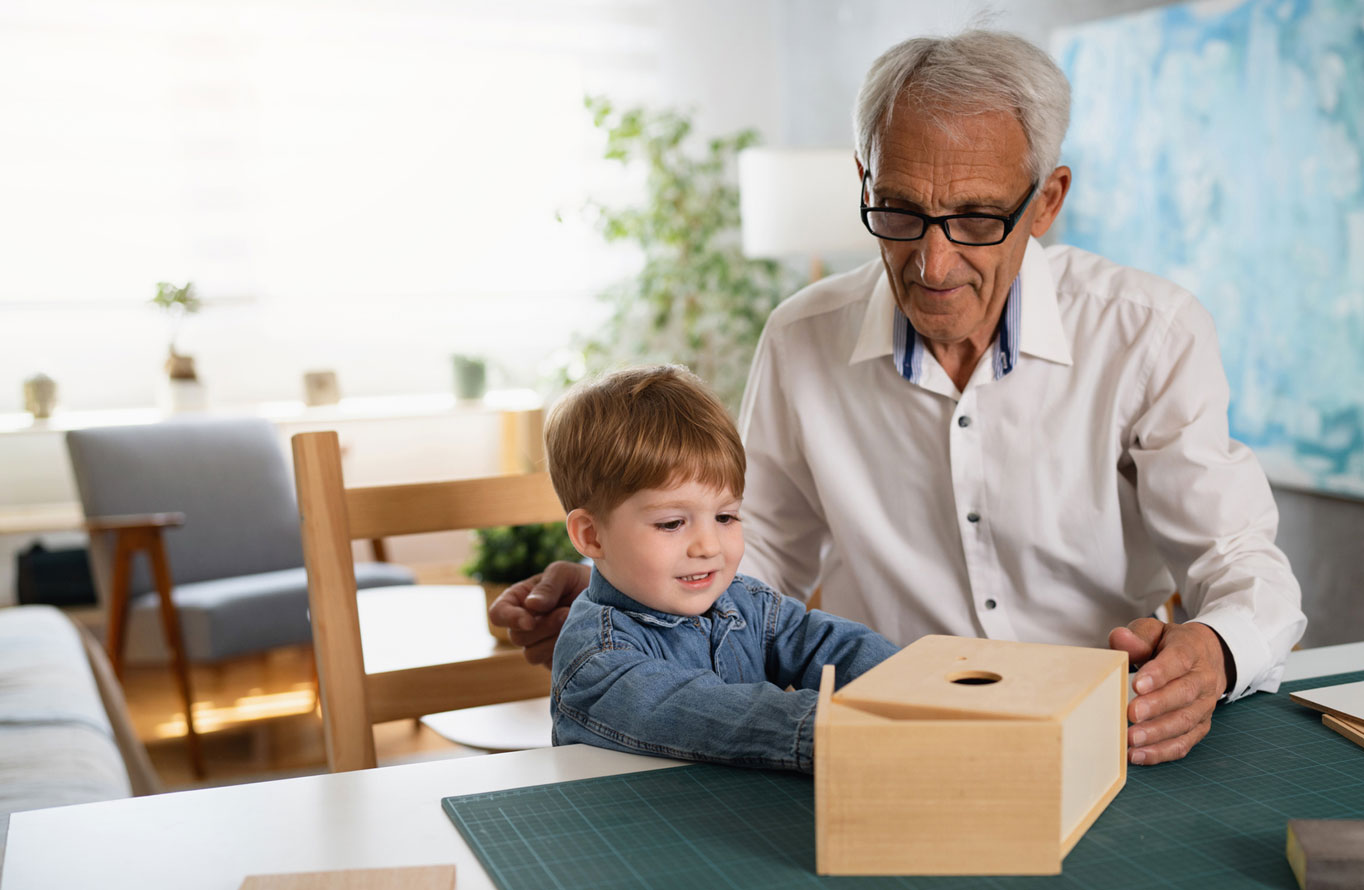Making a Bird Feeder: A Spring DIY Project for You and Your Child
Your child will especially love this activity as it's easy enough for them to manage on their own (with your guidance and assistance, of course), fun and something you can spend time on together. Having a hand in making the feeder will likely provide your child with a greater sense of pride and excitement when all the visitors come calling.
Developmental Skills
The wonderful thing about childhood is that every activity and DIY experience is an opportunity to learn and develop new skills. This particular DIY project will help your child to develop their:
- Motor skills - through mixing and spooning and maybe even working with string
- Ability to following numbers and instructions
- Ability to describe, observe and count (birds and squirrels)
- Vocabulary (seeds, fly, wings, migrate, nest, eggs, feathers, etc.)
- Imagination and role play skills ("If I was a bird...")
Along with the above-mentioned developmental skills, your child can also look forward to many other learning opportunities such as:
- The characteristics of different birds
- The characteristics of squirrels
- Why birds build nests
- How birds learn to fly
- Fun facts about various birds
- Any other discussions that come up surrounding the visitors to their feeder
What You'll Need
- A paper cup
- Some coconut oil
- Bird seed
- String
- A Bird spotting guide - preferably local to your area (you can also search for images of these birds online and print them off)
- A mixing bowl and spoon
- Scissors
- Pencil
Making a Bird Feeder in 5 Steps
- Make a hole in the bottom of the cup to thread the string through. Tie a knot underneath the cup five times to ensure that the feeder will be secure on the string.
- Mix the bird seed with a small amount of coconut oil - it can help to warm the coconut oil first. The idea is to use enough oil to bind the seeds. If you have any of the following at home, you can also mix them in: currants, sultanas, oats, bread, cake crumbs, grated cheese, and peanuts.
- While holding the string up, spoon the mixture into the cup. As you fill the cup, squash the mixture down so that it's compact.
- Set the mixture in the fridge overnight. Next, cut the cup away, leaving the bird feeder formed around the string.
- Lastly, tie the bird feeder to wherever you'd like the birds (and squirrels) to visit. Ideally, this will be quite a high point, for example, a high up branch in a tree, towards the top of your fence, or hanging above your balcony or window.
What's Next?
Now that your child has created their wonderful bird feeder, it's time to sit back and wait for the birds to come and enjoy their delicious food. Now you can use your bird spotting guide to spot the different birds that come along.
Further Activities
1. How many types of birds can you see?
Keep a weekly or monthly chart so that your child can update it according to how many birds come to visit.
2. Can you draw the birds you've seen?
Ask your child to draw a portrait of their favourite bird that's come to snack from their feeder.
3. Guess the birds' story
When a bird or squirrel is feeding off the feeder, ask your child where they think the bird has come from and where do they think it'll go once it's finished eating? This can be a fun and creative way for your child to practice storytelling and to grow their imagination. Does this bird have a name? Does it have a family? Is it young or old? The options are endless!
Safety
It's important that you facilitate this activity and always keeps a watchful eye on your child - specifically around scissors.




